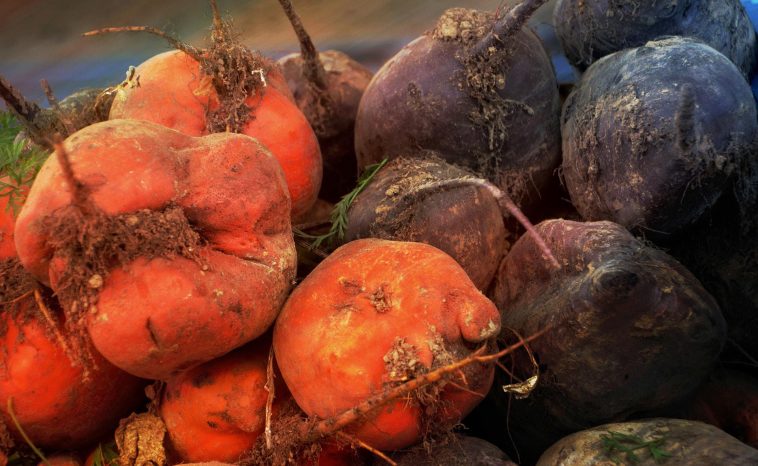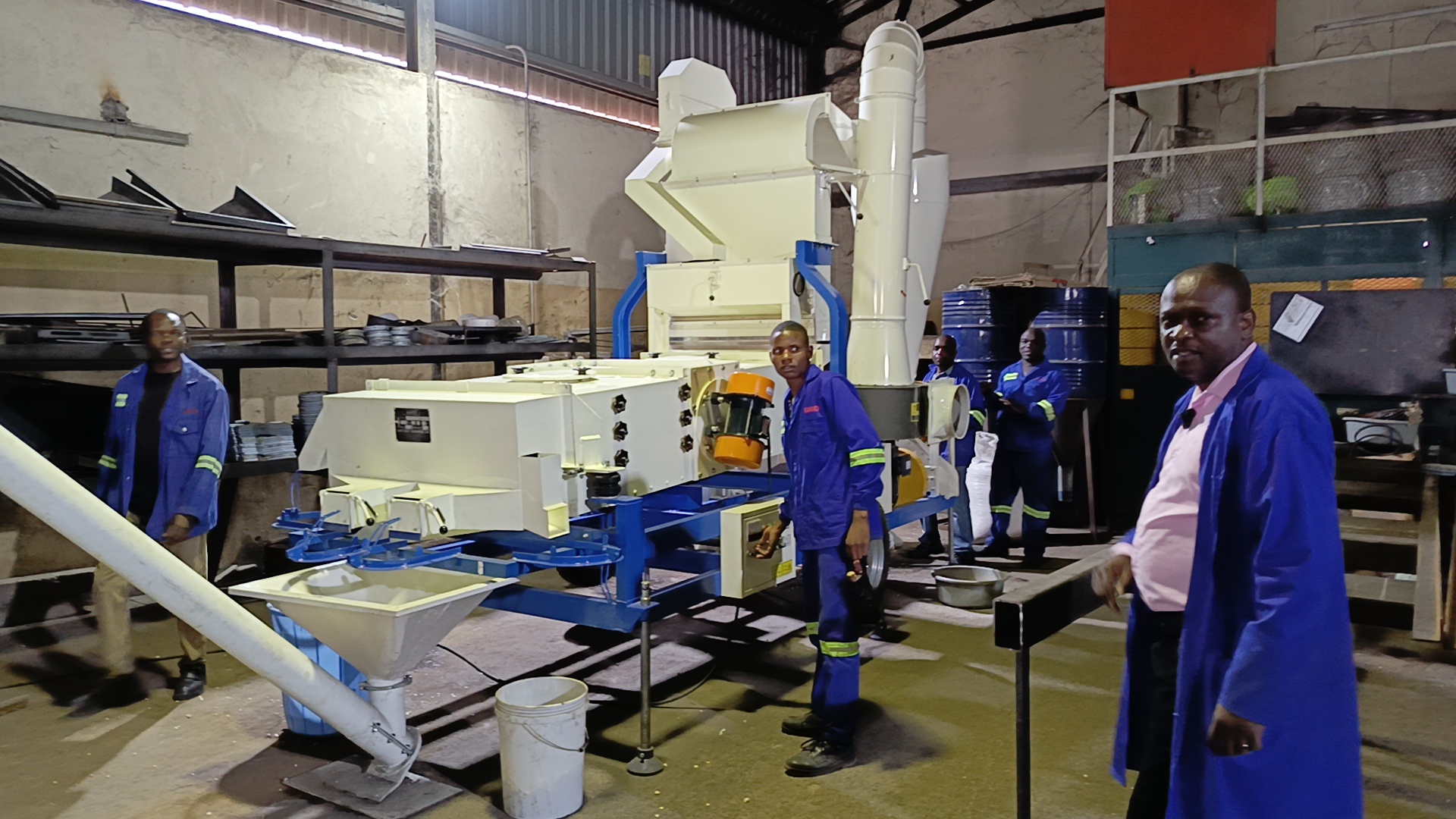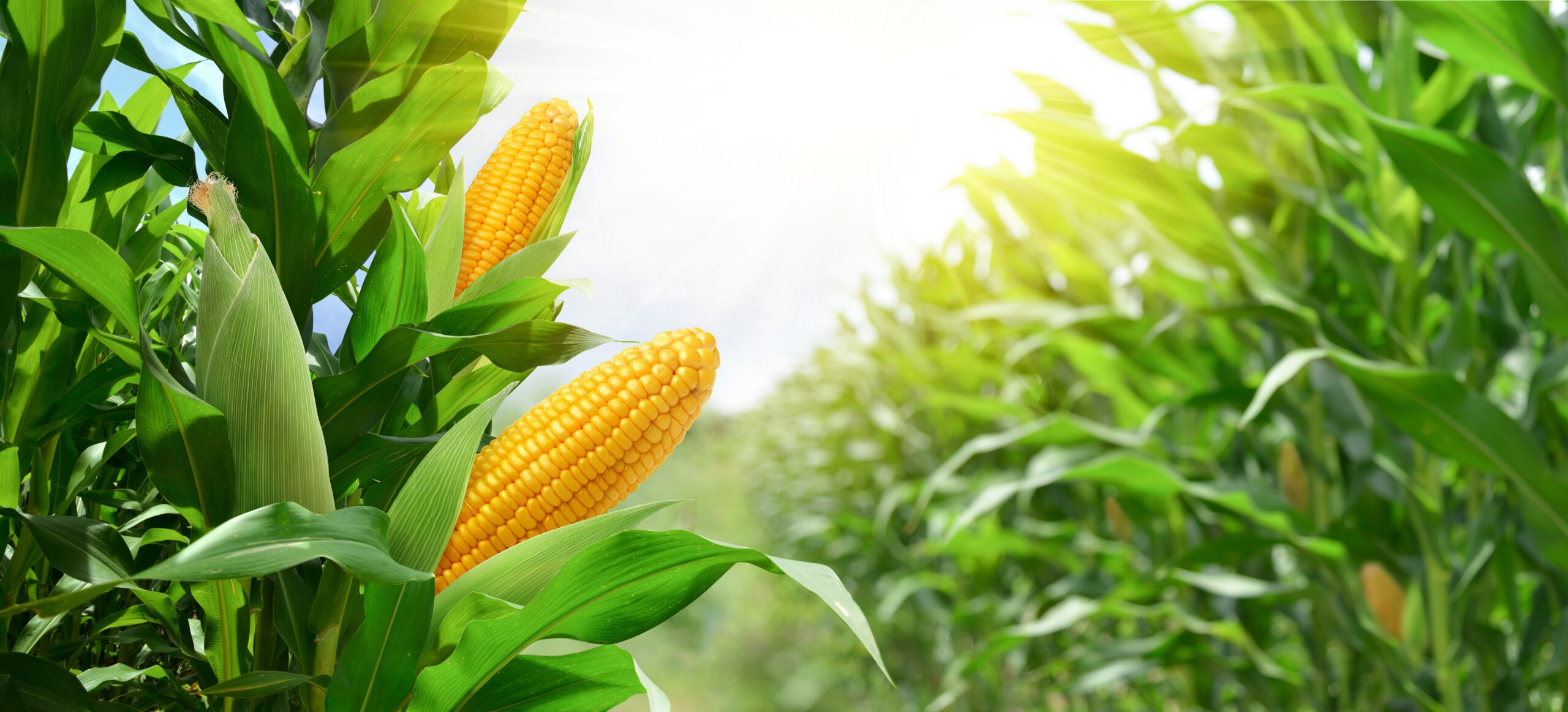Beetroot or beets, as they are known in other parts of the world, is a versatile vegetable, known for its rich, dark red colour and sweet taste when consumed raw.
Beetroot refers to the large taproot, but both the roots and the leaves of the beet plant can be consumed. The vegetable contains vitamins B9, B6, C as well as potassium, iron, and manganese. The greens also contain vitamin K and calcium, making beetroot a healthy vegetable to add to your next crop.
Climatic and soil requirements
Beetroot is a cool weather crop, but summer cultivars are available. The summer cultivar seeds may deliver a higher quality vegetable that is resistant to high temperatures and consistent in colour, shape, and taste. It can also be planted in the winter in climates that are too hot in the summer for plants to dry out, but if the weather is too cold, growth is stunted. Frost can also damage the beet leaves. Planting in autumn and spring may therefore be best.

Mulching around the plants can help keep the soil moist and cool.
Beetroot performs best in sandy to sandy-loam soil, as long as it drains well and has a high organic matter content. The soil has to be able to retain a fair amount of moisture and have a soft texture for the roots to develop. Crops need a pH of between 6 and 6,5.
Uses
Beetroot can be consumed raw in the form of sliced and diced veggies in salad, or it can be pickled to enjoy as beetroot salad or a tangy treat. It can also be cooked; however, the sweetness decreases during the boiling process. Furthermore, beetroot can be roasted, fried, or juiced. Some varieties also make excellent soup.

Bunches of beetroot.
Soil preparation
Before sowing, a fine and level seedbed should be constructed.
Raised beds are a good choice as it aids in oxygenation of the roots and improving drainage. It also assists with the harvesting process. Beds should be 1 to 1,2 m wide with 50 cm space between them. You can mark them off with twine and use a spade and rake to build the seedbeds. Alternatively large-scale farmers with larger equipment can make 1,2 m wide seed beds with 6 furrows that are 2 cm deep and 20 cm apart.
Remember, the seedbed needs to be lightly irrigated a day before sowing.

Planting
Good quality seed can make a huge difference. When sowing by hand, furrows should be between 3 to 4 cm apart.
If the beets aren’t sown directly into the soil, the seeds can be placed in trays whereafter it can be transplanted after germination. Sow when it is cloudy, so the seeds do not dry out in the sun.
Once seeds have germinated and the seedlings are growing strong, you can thin out plants to ensure they don’t grow too close together.
To prevent evaporation or the scorching sun from burning seed, a layer of mulch can be added over the topsoil. Mulch helps to keep the soil cool, so the roots don’t overheat and dry out. Straw, saw dust, grass clippings, newspapers or other dry materials can be used to cover the vulnerable layer.
Beets are harvested after eight to eleven weeks. They are pulled from the beds when they are approximately 4 cm in diameter.

A large pile of plants has been harvested. Beetroot is planted in raised beds to make harvesting easier.
Fertilisation
It’s a good choice to get a soil analysis before planting. This allows you to see what nutrients the soil needs. Nitrogen (N) can be applied in the form of a top dressing in the quantities of 100 kg/ha (10 g/m2). Next, another topdressing of potassium (K) can be added in equal quantities. Both phosphorous (P) and nitrogen are needed to ensure healthy, happy plants.
Lime and potash can be added to ensure the soil drains well, but low boron (B) levels can affect the plants. If they blacken or crack, it indicates a lack of boron.
Irrigation
Plants that are stressed under high temperatures can have a bitter taste and a courser texture, but waterlogged plants can also suffer by turning red and stopping growth.
Light irrigation during germination is vital to ensure good root development. On very warm days, growing points can be given 8 mm of water per day to keep the soil cool and moist.

A strict irrigation schedule can be followed by providing the seedlings with 20 mm in the first week, followed by 40 mm per week, every week (approximately 350 mm per season).
On cooler days plants only need 2 mm of water per day. It is, however, critical that plants receive sufficient water in the last half of the growing season as this determines the yield. But remember to irrigate in the mornings as this lets the leaves dry off during the day and prevents diseases.
Pest and disease control
There are a few pests and diseases that can affect the beetroot plant. Here are a few common issues to look out for:
Downy mildew
Grey fungus can be identified on the underside of thickened young leaves with edges that turn downwards. An infected plant will soon turn brown. Downy mildew can be prevented by using good quality seed as it is a seedborne disease. Ensure the soil has good drainage and do not overwater plants. Practice weed control and ensure that there is sufficient spacing between plants.
Root rot, damping-off
This condition causes poor germination and weak seedlings. Plants quickly wilt, fall over and die. Roots become a rotten black. This is worsened in compacted soils. Root rot can be prevented by ensuring plants are not overwatered and that the soil drains well, and by treating seeds with thiram and rotating crops. You can also check the boron soil levels.
Cutworm
These worms are grey-brown to black. They eat the stems just below the ground, causing young seedlings to fall over and die. Practicing good weed control for six weeks before planting and applying cutworm bait around seedlings can control the infestation.

Beetroot can be boiled, fried, roasted or pickled.
Hawaiian beet webworm
The light greenish larvae of a small brown and white moth feed on the undersides of leaves. They spin loose webbing on the underside of leaves, where they hide and where excreta accumulate.
Lesser armyworm
The lesser army worm, or the beet armyworm, is a green worm that hides between the stems during the day and eats at night. Some can appear black or brown, but they are all usually 25 mm in length.
Nematodes
Nematodes cause the roots of the beet plant to swell. This prevents good growth. Control by utilising crop rotation and intercropping with mustard, marigold or rapeseed. Fallowing, soil solarisation and registered pesticides can also be applied.
The information provided in this article is credited to the Agricultural Research Council: Vegetable and Ornamental Plant Institute (ARC-VOPI). For more information, contact +27(0)12-841-9611 or visit www.arc.agric.za.









